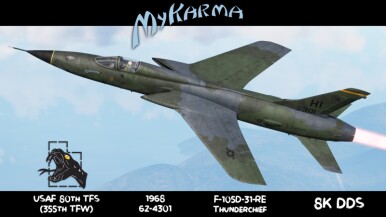
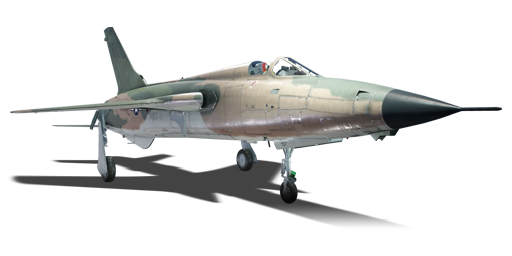


The Republic F-105D Thunderchief was the last production modification of the American single-seat fighter-bomber F-105 from the Cold War era. The F-105D changed the concept of the aircraft from a traditional tactical bomber to a classic all-weather fighter-bomber capable of carrying a variety of armaments, including air-to-surface guided missiles such as the AGM-12 Bullpup and air-to-air missiles such as the AIM-9 Sidewinder. The F-105D was used in several conflicts, including the Vietnam War and the Gulf War. During the Vietnam War, it was one of the primary fighter-bombers used by the United States Air Force. Thanks to its high top speed and impressive bomb load, it played the role of a strategic bomber, conducting raids on important targets such as military bases, bridges, and supply routes. A total of 610 units of this modification were built.
Introduced in Update "Winged Lions", the F-105D can be widely used as both a bomber and an interceptor. Thanks to its powerful engine and high top speed, it can strike ground targets, including enemy bases, with bombs and guided missiles, then quickly evacuate from danger. In addition, the F-105D can intercept enemy aircraft with its AIM-9E Sidewinder air-to-air missiles. However, it may be less effective in prolonged dogfights because its maneuverability is inferior to that of more conventional fighters.
flaps
flaps
flaps
brake
| Belt | Belt filling | Armor penetration (mm) at a distance: | |||||
|---|---|---|---|---|---|---|---|
| 10 m | 100 m | 500 m | 1000 m | 1500 m | 2000 m | ||
| HEF-I/API-T/AP-I | 40 | 36 | 22 | 12 | 6 | 3 | |
| HEF-I/HEF-I/API-T/HEF-I/HEF-I/AP-I | 40 | 36 | 22 | 12 | 6 | 3 | |
| API-T/AP-I/AP-I/AP-I/HEF-I | 40 | 36 | 22 | 12 | 6 | 3 | |
| HEF-I/AP-I/AP-I | 40 | 36 | 22 | 12 | 6 | 3 | |
| Name | Weight | Slot | ||||
|---|---|---|---|---|---|---|
| 72.6 kg |  |  | ||||
| 2 × | 145.1 kg |  |  | |||
| 2 × | 152.9 kg |  |  | |||
| 19 × | 233.7 kg |  |  |  |  | |
| 259 kg |  |  |  |  | ||
| 240.9 kg |  |  | ||||
| 254 kg |  |  | ||||
| 362.4 kg |  |  | ||||
| 446.8 kg |  |  | ||||
| 401.4 kg |  |  | ||||
| 192 × Chaff countermeasures | 359.4 kg | 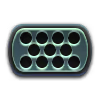 |  | |||
| 810 kg |  |  | ||||
| 4 × | 963.6 kg |  |  | |||
| 4 × | 1,016 kg |  |  | |||
| 4 × | 1,449.7 kg | 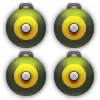 |  | |||
| 2 × | 893.6 kg | 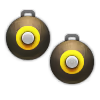 |  | |||
| 893.6 kg |  |  |  | |||
| 893.6 kg |  |  |  | |||
| 1,369.8 kg | 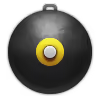 |  |  | |||
| 2 × | 802.8 kg |  |  |  | ||
| 6 × | 1,445.4 kg | 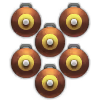 | ||||
| 6 × | 1,524 kg |  | ||||
| 6 × | 2,174.5 kg | 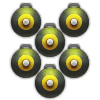 | ||||
| 3 × | 1,340.4 kg | 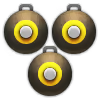 | ||||












Flight performance |
|---|
Survivability |
|---|
Weaponry | |||
|---|---|---|---|
